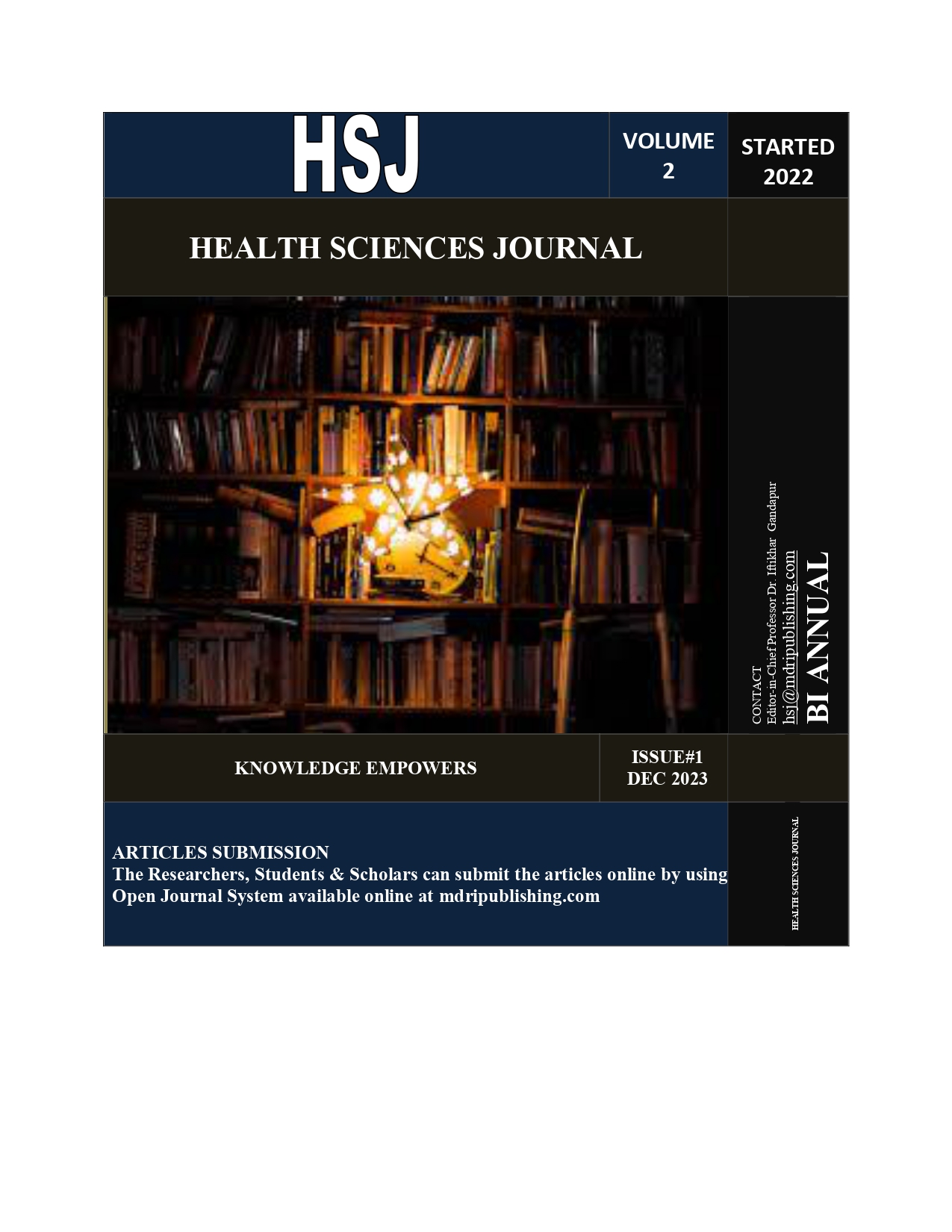AN OVERVIEW OF TISSUE CRYOPRESERVATION'S CONTRIBUTION TO ORGAN CRYOBIOLOGY
DOI:
https://doi.org/10.59365/hsj.2(1).2023.54Abstract
Background: Scientists and physicians have long faced challenges in their quest to identify the most effective methods for cryopreservation of living tissues and organs. While cryopreservation techniques have been used since the 1800s, they are still used for tissue preservation for a comparatively limited time. More advancements in biotechnology for tissue and organ preservation have been made possible by the availability of commercially available liquefied gases. Typical issues such as sub-zero or cell damage and re-crystallization, which ultimately results in tissue loss, impede the usefulness of cryopreservation in the field of medical sciences. However, modern cryobiology advances have provided many alternatives for chilling tissues, organs, gametes, and embryos. As tissue sensitivity to ice is more understood, safer freezing methods are used. Methods: This review discusses how tissue cryopreservation advances biotechnology. The effective banking and transplanting of living tissues and organs using cryopreservation will be a crucial and noteworthy development in the fields of biotechnology and medicine in the future. One of the most crucial elements that will enable future cryobiologists and biotechnology researchers to make enormous strides is the preservation and storage of living tissues from the point of donor removal through transfer and transplantation. Future cryobiologists will find this ancient tale fascinating as it unfolds, thanks to the discovery of anti-freezing proteins and peptides in cryopreservation's active zones.





